Five destinations recommended in Lhasa
NO.1 The Potala Palace
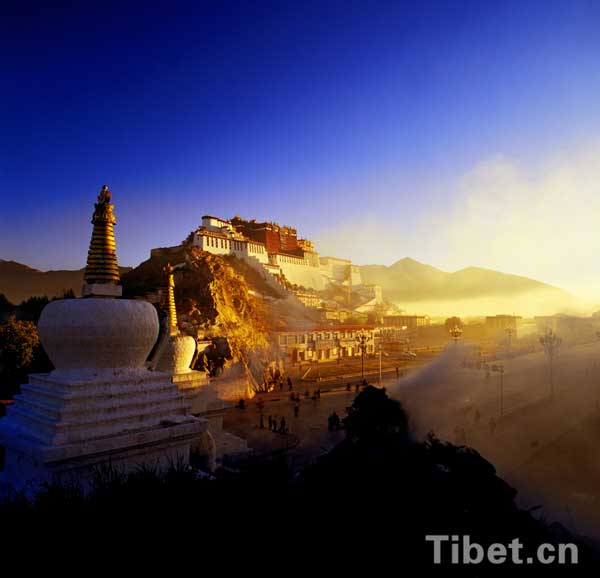
The Potala Palace [Photo/China Tibet Online]
The Potala Palace is considered as an icon of Tibetan architecture. Located on the Red Hill in Lhasa, it covers more than 360,000 square meters and has 13 stories. In 641, Songtsan Gambo, ruler of the Tubo Kingdom, had the Potala Palace built for Princess Wencheng of the Tang Dynasty, his bride. It enjoys supreme religous status in the heart of the Tibetan Buddhists.
Admission: 100 yuan (Nov. 1-Apr. 30); 200 yuan (May 1-Oct.31)
Opening hours: 9:00 - 16:00 except holidays and major events
Travel tips: Only 2,300 tickets are issued each day.
NO.2 The Jokhang Temple
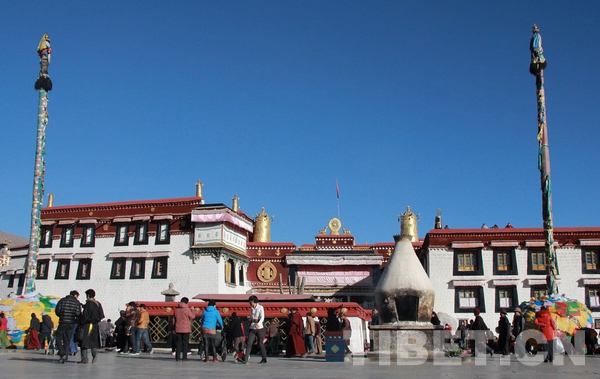
The Jokhang Temple [Photo/China Tibet Online]
The Jokhang Temple,located on Barkhor Street of Lhasa, is the spiritual center of Tibet and the holiest destination for all Tibetan Buddhist pilgrims. Built in Tang Dynasty-style architecture, the Jokhang Temple is a four-story wooden complex. The temple's central hall holds is most precious object, a sitting statue of Sakyamuni while he was still only 12 years old. This was carried to Tibet by Princess Wencheng from her home in Chang'an in 700 A.D.
Admission: 75 yuan
Opening hours: 9:00 - 18:00
Travel tips: The temple is in the downtown centre of Lhasa and recommended time for a visit is two hours.
NO.3 Barkhor Street
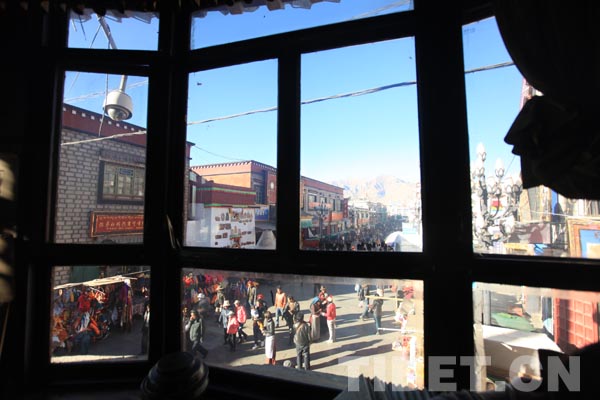
The bustle Barkhor Street [Photo/China Tibet Online]
Barkhor Street is a small neighborhood with ancient streets and a public square surrounding the Jokhang Temple in the old town of Lhasa. The oldest street appeared about 1,300 years ago after the Jokhang Temple was built in 647, attracting thousands of Buddhist pilgrims. The streets are in religious atmosphere and a symbol of the original Lhasa. Shops offer prayer wheels, chubas (traditional Tibetan clothing), Tibetan knives and religious articles for sale.
Travel tips: Walking in the clockwise direction along the street is recommended.
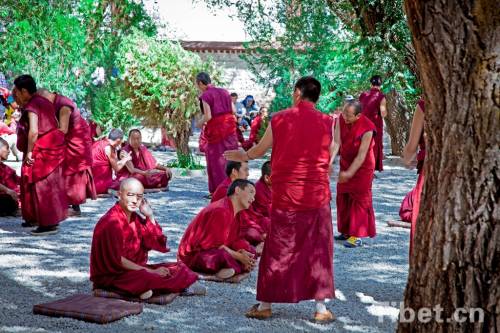
Sera Monastery [Photo/China Tibet Online]
At the foot of the Wuze Hill in Sera to the north of Lhasa, the Sera Monastery is one of the three great monasteries in Lhasa and one of the six great monasteries of the Gelug Sect of Buddhism in Tibet. It was built by one of disciples of Zonggaba in 1419. On 27th of the 12th month of the Tibetan calendar, the monastery holds the grand Sera Bungchen Festival, which attracts flocks of Buddhists and others.
Sera is famous for its Buddhism Scriptures Debating. Monks can be seen preparing for monastic exam by staging mock debates in the ritual way. Some sit cross-legged under the trees, while others run from group to group giving vigorous hand-claps to end a statement or make a point. Master and dignitaries sit on the raised tiers when a real exam takes place.
Admission is 45 yuan.
Open hours 9:00--16:00

Photo from Global Times.
Located on Wangbur Mountain, on the southern bank of Lhasa River in Tagtse county, 57 kilometers to Lhasa, the Ganden Monastery is one of the largest Buddhist monasteries in Tibet. It was built by Tsongkhapa (1357–1419), a famous teacher of Tibetan Buddhism and the founder of Gelugpa school of Tibetan Buddhism.
Together with the Sera Monastery and the Drepung Monastery, Ganden Monastery is one of the "Three Great Temples" in Lhasa. The Buddha Painting Unfolding Festival which is one of the grandest Buddhist activities held in the monastery attracts crowds of followers and visitors each year.
Admission fee: 45 yuan
Opening hours: 09:00 - 16:00
Transportation: taxi
Your Comment
Name E-mailRelated News
-
;
-
-
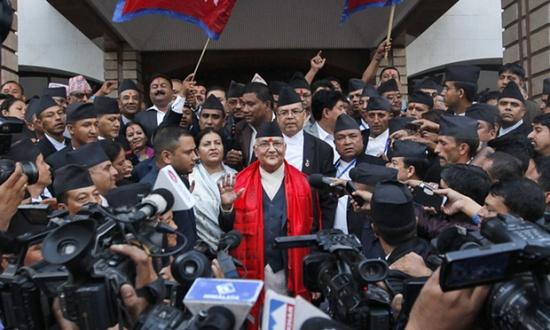
-
Nepal’s vice premier makes brief visit to Lhasa
On Dec. 29, Nepal’s vice premier Kamal Thapa concluded his visit to China.
-
-
-
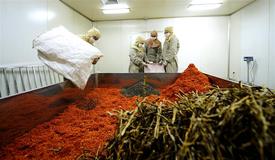
-
Tibetan medicine manufacturing room put into operation in Lhasa
Tibet Autonomous Region Hospital’s Menzikang drug manufacturing laboratory held an inauguration ceremony on Dec. 21.
-
-
-
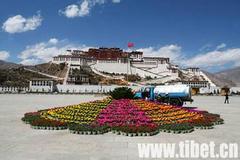
-
Lhasa to become Plateau’s only int’l tourist city in next five y
By 2020, Lhasa will become the only international tourist city on the Qinghai-Tibet Plateau as decided at Lhasa Tourism Development Conference held on
-
Based in Lhasa, Tibet Vista is a Tibet travel agency that specialized in Tibet permit, and Tibet tours for both private and group travelers at a local price!
•4 Days Lhasa City Group Tour from USD 460 •8 Days Everest Base Camp Group Tour from USD 850 •15 Days Mt.Kailash Group Tour from USD 1780 •2016 Tibet Train Tours from Beijing, Shanghai, Chengdu, Xining,etc










